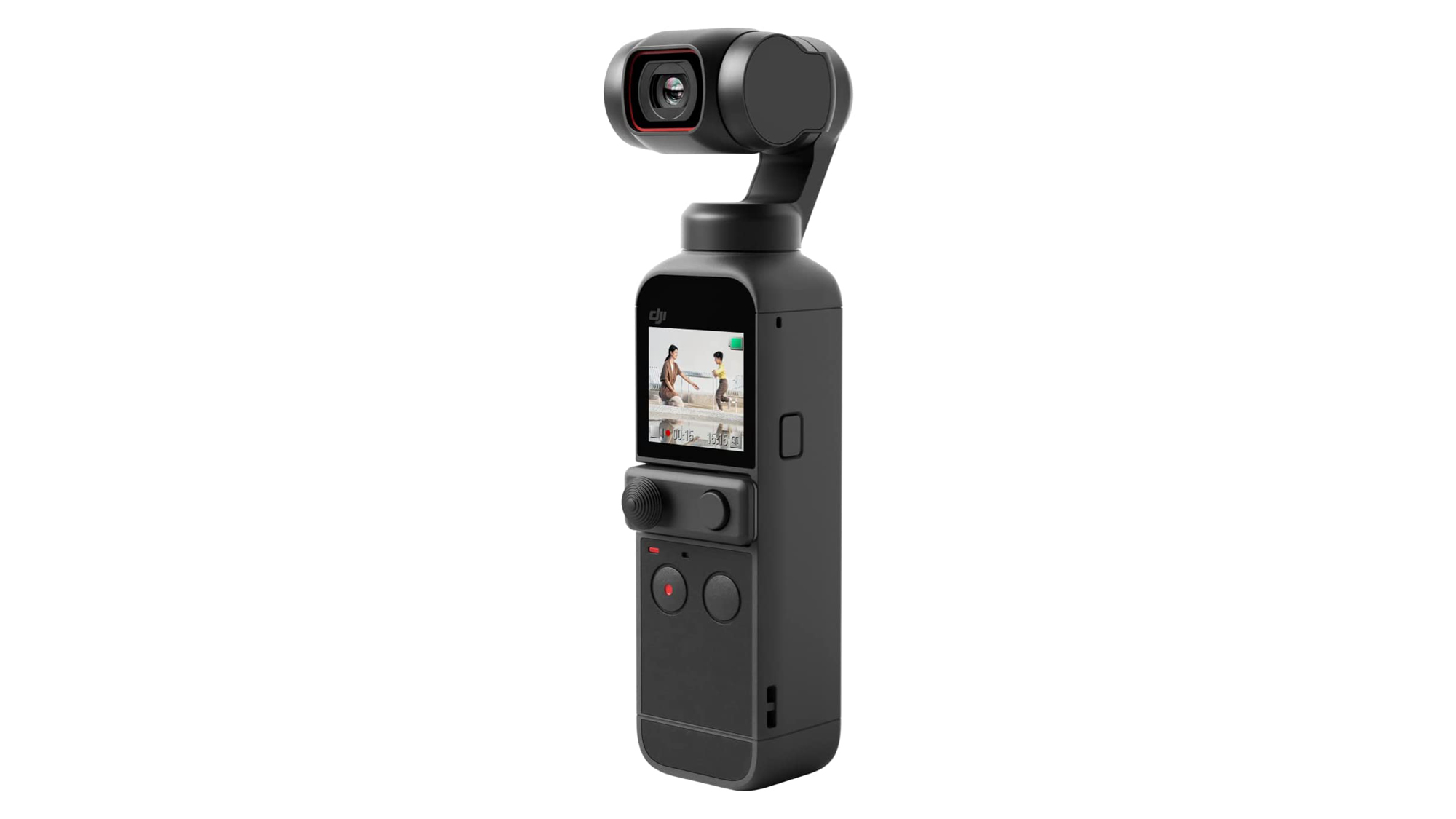DJI Osmo Pocket 3 vs DJI Pocket 2: which is best for you?
Is the Pocket 3 worth an upgrade from version 2?

DJI released its Pocket 2 action camera in November 2020. In our DJI Pocket 2 review, we said it was "a fantastic imaging tool that can slot into a videographer or vlogger’s workflow nicely" but that it really lacked a 1-inch sensor. Well, DJI listened and delivered with the Pocket 3. Its larger sensor and bigger 2-inch screen mean the new release received significant upgrades. The hardware, alongside new live-streaming and dynamic framing features, makes it a force to be reckoned with.
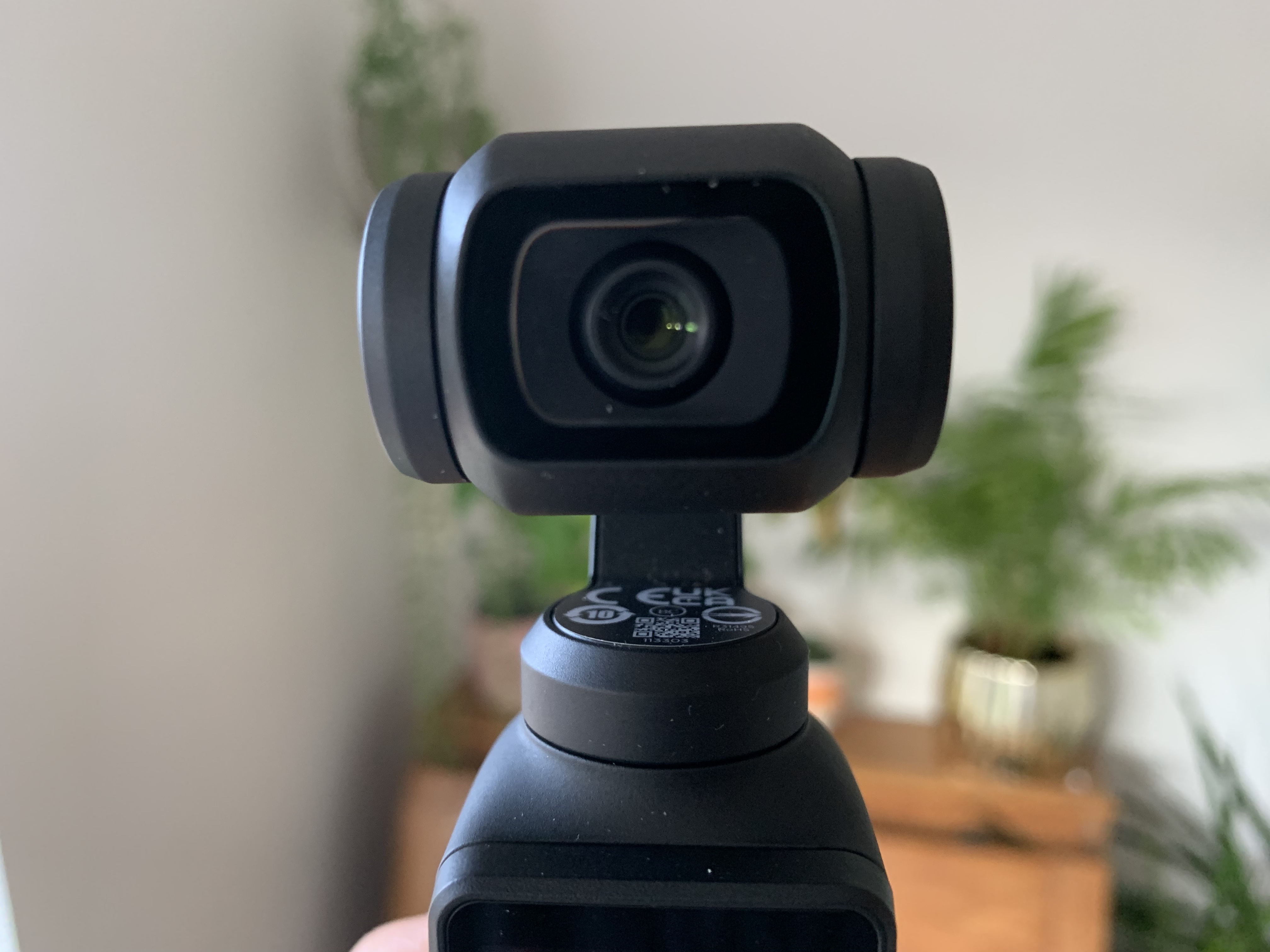
Having said that, is it worth paying $180 / £150 more for the new version or upgrading from 2 to 3? The Pocket 2 was already very good, delivering amazing stabilization and 4K resolution at 60fps and 1080p at 240fps.
DJI has sought to address some of the Pocket 2's weaknesses but has it managed it? The camera is clearly moving with the times by trying to maintain strong appeal with vloggers and social media content creators.
In our in-depth comparison, we’ve put these two action cameras side by side and assessed their specs, to help you make the best decision for you.

DJI Osmo Pocket 3 vs DJI Pocket 2: Design
- DJI Osmo Pocket 3: 139.7 x 42.2 x 33.5mm (l x w x h) and 179g
- DJI Pocket 2: 124.7 x 38.1 x 30mm (l x w x h) and 117g
- DJI Osmo Pocket 3: 2-inch rotatable OLED screen
- DJI Pocket 2: 1-inch screen
Both the Pocket 3 and the Pocket 2 are, you guessed it, pocket-sized. I love that this makes it onto the set of features proudly presented on the website and the boxes. If you're after the most pocket-sized, then you'll need the Pocket 2. It's a very similar size to the Pocket 1 at 124.7 x 38.1 x 30mm (l x w x h). The Pocket 3 is 14mm longer, 4mm wider, and just over 3mm deeper. The length is particularly noticeable with the 2-inch screen in its default portrait mode.
There's little chance of hand fatigue with either option, but the Pocket 3 has taken a fairly sizeable leap in terms of weight at 179g compared to 116g. This is due to the larger sensor and bigger screen. The Pocket 3 still feels nice to hold, though, and the added weight gives it a much sturdier feel in the hand.
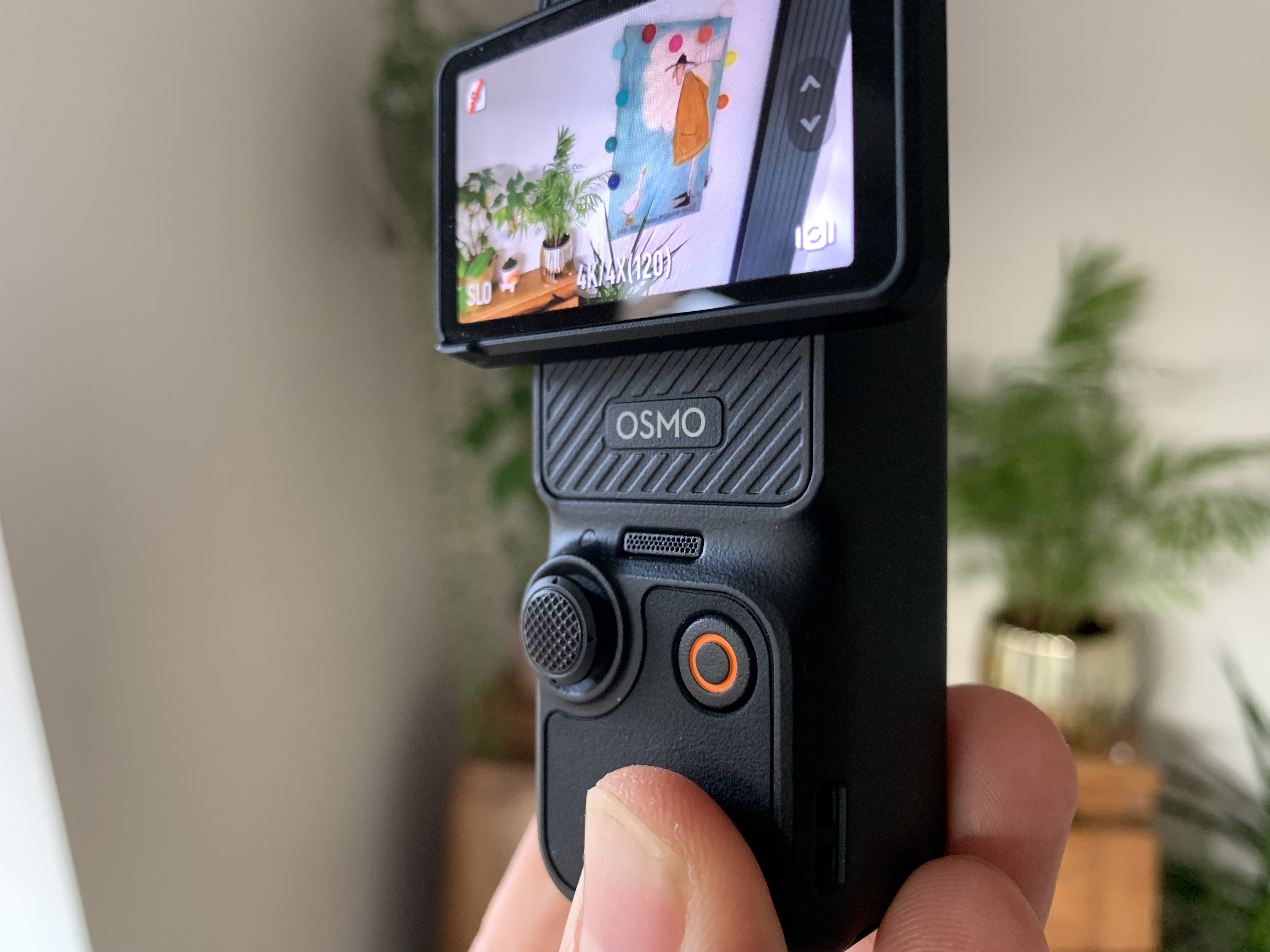
The core 3-axis gimbal remains much the same, but underneath that, on the main body everything has changed. First up is the introduction of a 2-inch screen, significantly bumped up from the 1-inch option on its predecessor. This enables more effective reviewing of both the live feed and footage captured. The screen is still too small to make navigating the settings and menus particularly pleasant, but it's definitely an improvement.
Sign up for breaking news, reviews, opinion, top tech deals, and more.
The other change to the screen is that it's now rotatable through 90 degrees, providing the ability to record in both landscape and portrait orientations. The hinge enabling this rotation is robust enough to ensure the screen is not damaged in the process.
The build quality of both is good, but the aesthetic of the Pocket 3 is much nicer than the Pocket 2. All in all, it's a much classier piece of kit that's a pleasure to hold and operate.
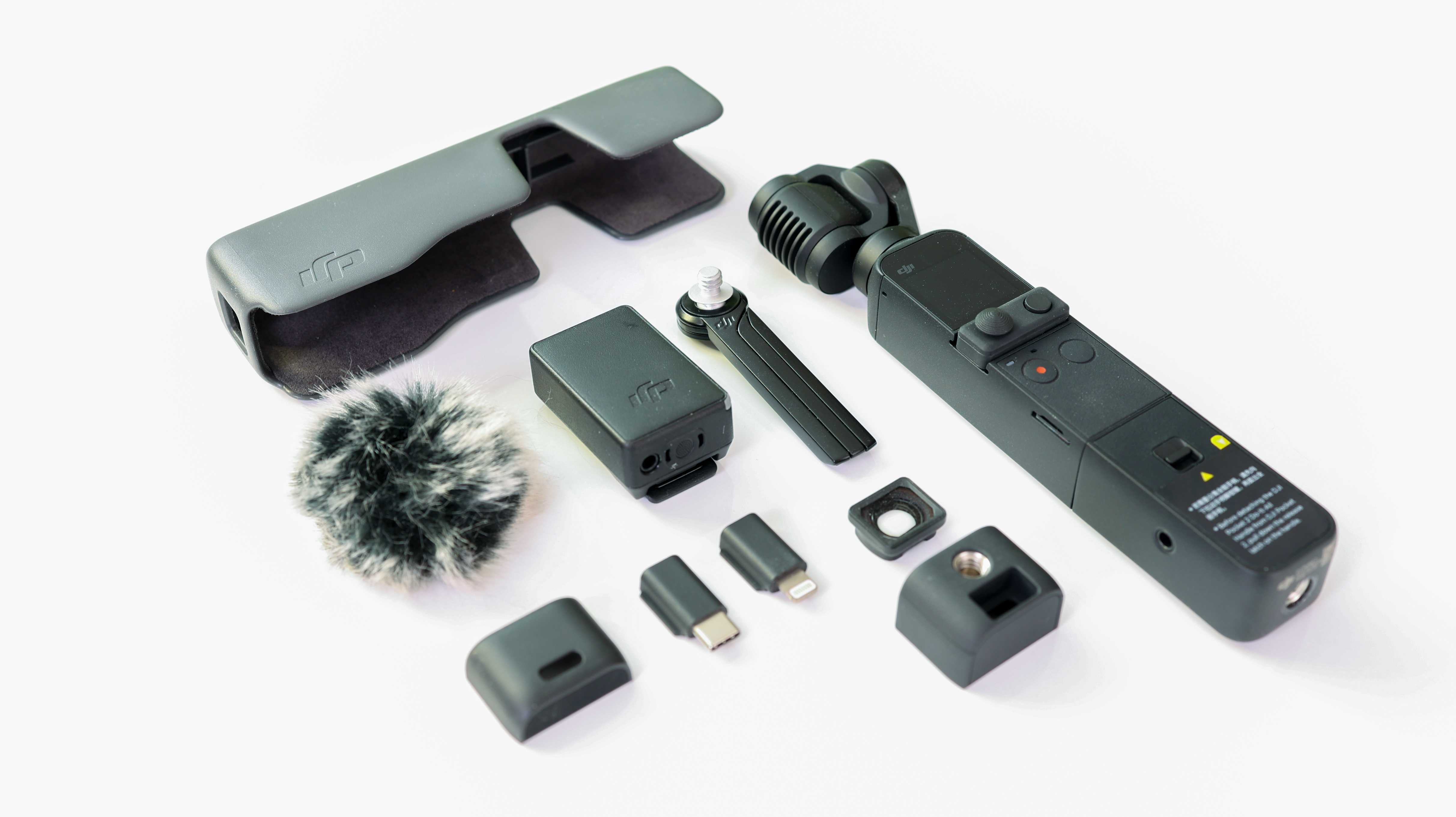
DJI Osmo Pocket 3 vs DJI Pocket 2: Features and Performance
- DJI Osmo Pocket 3: Portrait filming, livestream option, face tracking and dynamic framing, wireless mic
- DJI Pocket 2: Face tracking, wireless mic
The camera has received a much-needed upgrade from a 1/1.7-inch to a 1-inch sensor. This was exactly what the Pocket 2 was missing. The larger sensor delivers better video and photo quality, as well as performing significantly better in low light. The new sensor addresses the noise issues in darker areas that were noticeable on the Pocket 2.
The Pocket 2 consisted of excellent face and object tracking alongside its renowned stabilization capabilities. All of these features continue in the Pocket 3 along with with a number of new features.
The most notable is the ability to film in portrait mode. This is a handy feature for vloggers who want to create content for platforms like TikTok without having to do any post-processing and cropping. It's limited to 3K resolution, however, which is a bit strange considering the landscape alternative continues to be 4K.
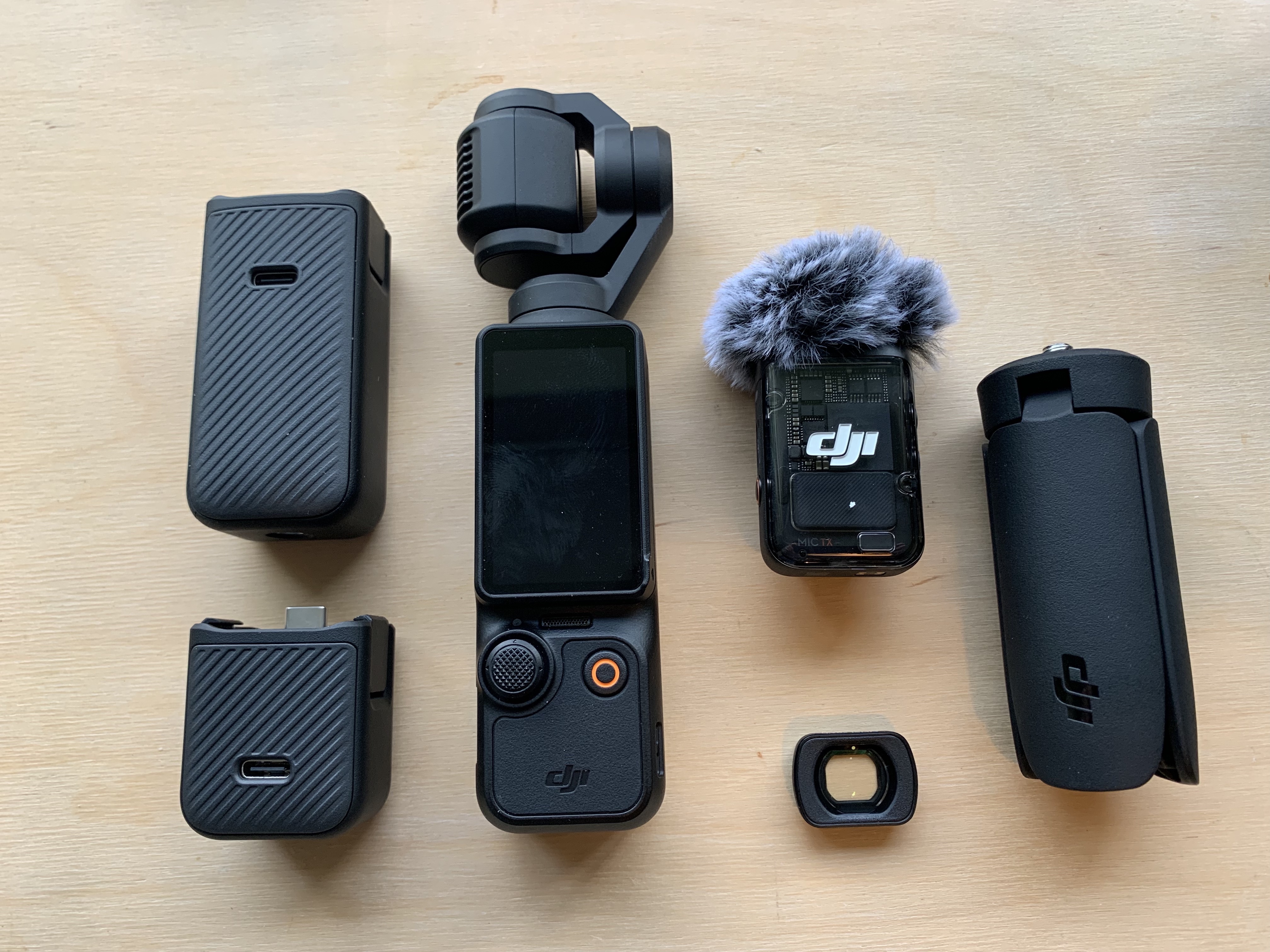
Other new features include a livestream option, dynamic framing, and a spinshot facility. The last of these is pretty gimmicky, enabling videographers to rotate the gimbal through 90 degrees or 180 degrees with the press of a button. This may be helpful for those wanting to create a 'spin' transition, but I can't see it being used too much.
The dynamic framing allows for better object tracking and more customized framing of shots. This enables more complex shots to be created, but, again, I think the beauty of the Pocket camera is its simplicity – being able to hit record and capture action without much prep and thought.
The livestream option is a nice addition for bloggers, making the camera a one-stop-shop for photography, video and livestreaming. There are better options for each of these individual elements but to have all three in one device is pretty impressive.

DJI Osmo Pocket 3 vs DJI Pocket 2: Image and video quality
- DJI Osmo Pocket 3: 4K/60fps landscape, 3K/60fps portrait, 4K/120fps
- DJI Pocket 2: 4K/60fps, 1080p/120fps, 1080p/240fps
- DJI Osmo Pocket 3: Photos 3840 x 2160px
- DJI Pocket 2: Photos 9216 x 6912px
Video resolution is identical between the Pocket 3 and Pocket 2, with up to 4K at 60fps. A jump up to 8K hasn't happened this time around, but maybe it will with the Pocket 4 if there is one. There's very little demand for it at the moment, and considering the timespan between releases has been one to two years, any features like that can wait.
The Pocket 3's quality of the video is comparable with the Pocket 2 despite the inclusion of a larger sensor. It continues to deliver great video when lighting conditions are reasonable and now even works well in low light. There is still a minimal amount of noise, so maybe better noise removal could be introduced at the software level to remove the final bit.
The resolution of the portrait option for the Pocket 3 tops out at 3K rather than the 4K of all other modes. The option to film in portrait is a new feature, so don't expect to find this in the Pocket 2. If vlogging on platforms like TikTok is a key part of what you're after, then the Pocket 3 is a clear winner here.

One of the significant improvements between the two is the Pocket 3's ability to record up to 4K at 120fps; the Pocket 2 was only capable of recording 1080p in slow-mo mode. The extra resolution here makes it possible to capture more detail and gives greater flexibility for cropping in post. I'd like to have seen the slow-mo recording capabilities extended to portrait mode, but I imagine that will come in a future iteration of the Pocket camera.
The Pocket 2 can record up to 240fps in slow-mo compared to a maximum of 120fps for the Pocket 3. I don't understand why the fps has decreased, but if super slow-mo is vital to your workflow, then the Pocket 2 wins out there.
In terms of photo resolution, it's dropped from 9216 x 6912px (Pocket 2) to 3840 x 2160px (Pocket 3). The Pocket cameras are not renowned for being photography cameras, and this is played out again in the resolution and the quality of the photos.
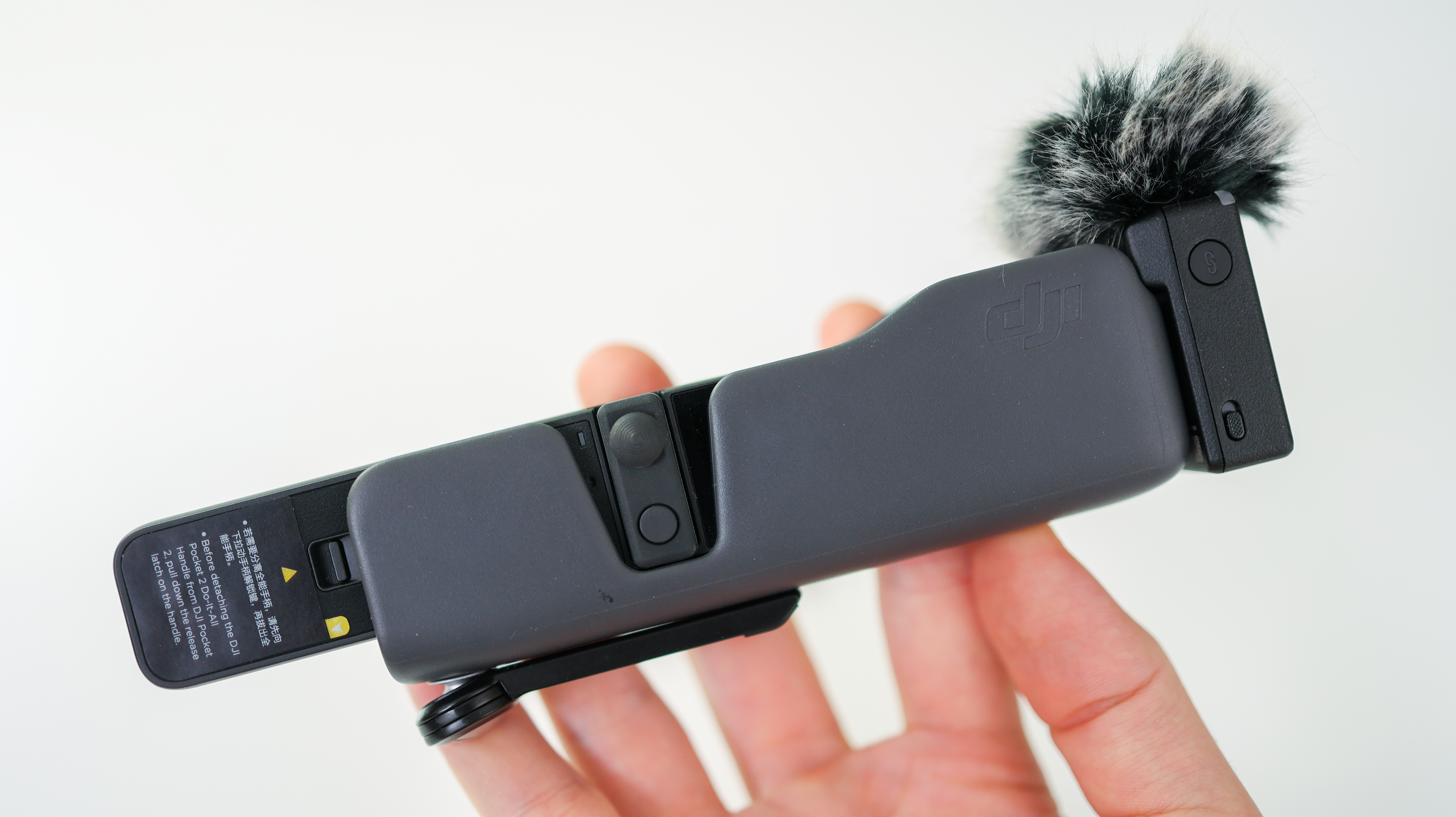
DJI Osmo Pocket 3 vs DJI Pocket 2: Price
- DJI Osmo Pocket 3: Standard $519 / £489 / AU$849
- DJI Pocket 2: $349 / £339 / AU$599
- DJI Osmo Pocket 3: Creator Combo $669 / £619 / AU$1,129
- DJI Pocket 2: Creator Combo $499 / £469 / AU$799
The Osmo Pocket 3 retails for $519 / £489 / AU$849 and includes the Osmo Pocket 3, a Type-C to Type-C PD Cable, an Osmo Pocket 3 Protective Cover, a DJI Wrist Strap, and an Osmo Pocket 3 Handle With 1/4′′ Thread. The Pocket 2 is cheaper, coming in at $349 / £339 / AU$599.
The Osmo Pocket 3 Creator Combo costs $669 / £619 / AU$1,129 and includes the Osmo Pocket 3, a Type-C to Type-C PD Cable, an Osmo Pocket 3 Protective Cover, a DJI Wrist Strap, an Osmo Pocket 3 Handle With 1/4′′ Thread, a DJI Mic 2 Transmitter (Shadow Black), a DJI Mic 2 Windscreen, a DJI Mic 2 Clip Magnet, an Osmo Pocket 3 Battery Handle, an Osmo Mini Tripod, and an Osmo Pocket 3 Carrying Bag.
The Pocket 2 Creator Combo, on the other hand, is available for $499 / £469 / AU$799 and includes the basic bundle's accessories plus a Do-It-All Handle, a Micro Tripod, a wide-angle lens, a Windscreen (dead cat/wind guard) and a Wireless Microphone.

Which one should I buy?
The Pocket 3 delivers on almost all fronts. The larger sensor deals with previous low-light issues. The introduction of portrait filming and livestreaming will please vloggers. And the higher resolution for slow-motion recording is another plus. There really aren't many negative things to say about this latest release.
Is it worth the extra $180 / £150? It definitely isn't if you're happy with everything the Pocket 2 provides. If you find it lacking or you're a TikTok creator who needs a portrait mode, then the Pocket 3 is perfect. The larger sensor and bigger screen, alongside better image quality, make this a truly premium product.
If you want a fantastic all-rounder and are prepared to pay nearly £500 / $600 for it, then go with the Pocket 3. If you're running a successful vlogging operation the cost of the gear will be well worth it.
The livestream option is a nice addition for vloggers too, which makes the Pocket 3 camera capable of photography, video, and livestreaming. There are better options for each of these individual elements but to have all three in one device is very useful.
You might also like

Paul is a digital expert. In the 20 years since he graduated with a first-class honours degree in Computer Science, Paul has been actively involved in a variety of different tech and creative industries that make him the go-to guy for reviews, opinion pieces, and featured articles. With a particular love of all things visual, including photography, videography, and 3D visualisation Paul is never far from a camera or other piece of tech that gets his creative juices going. You'll also find his writing in other places, including Creative Bloq, Digital Camera World, and 3D World Magazine.

